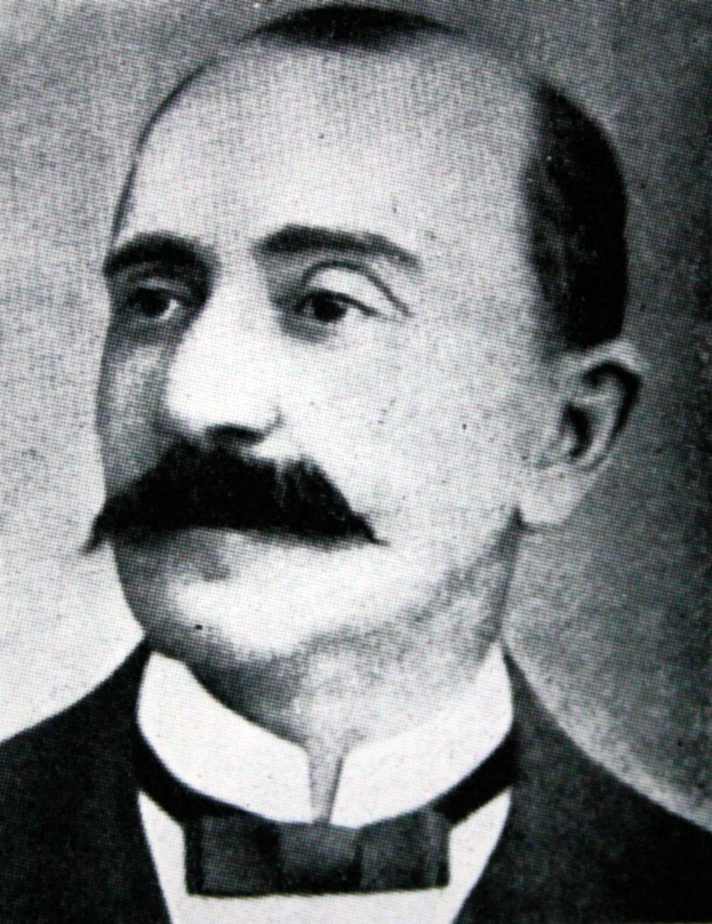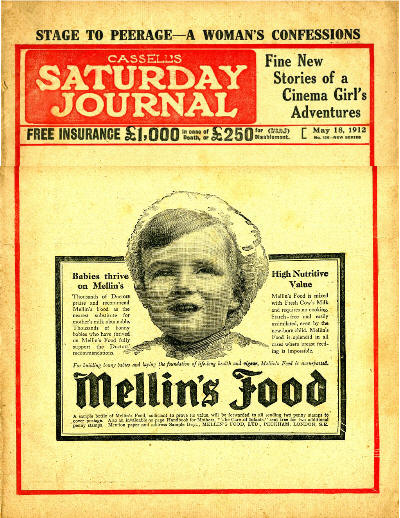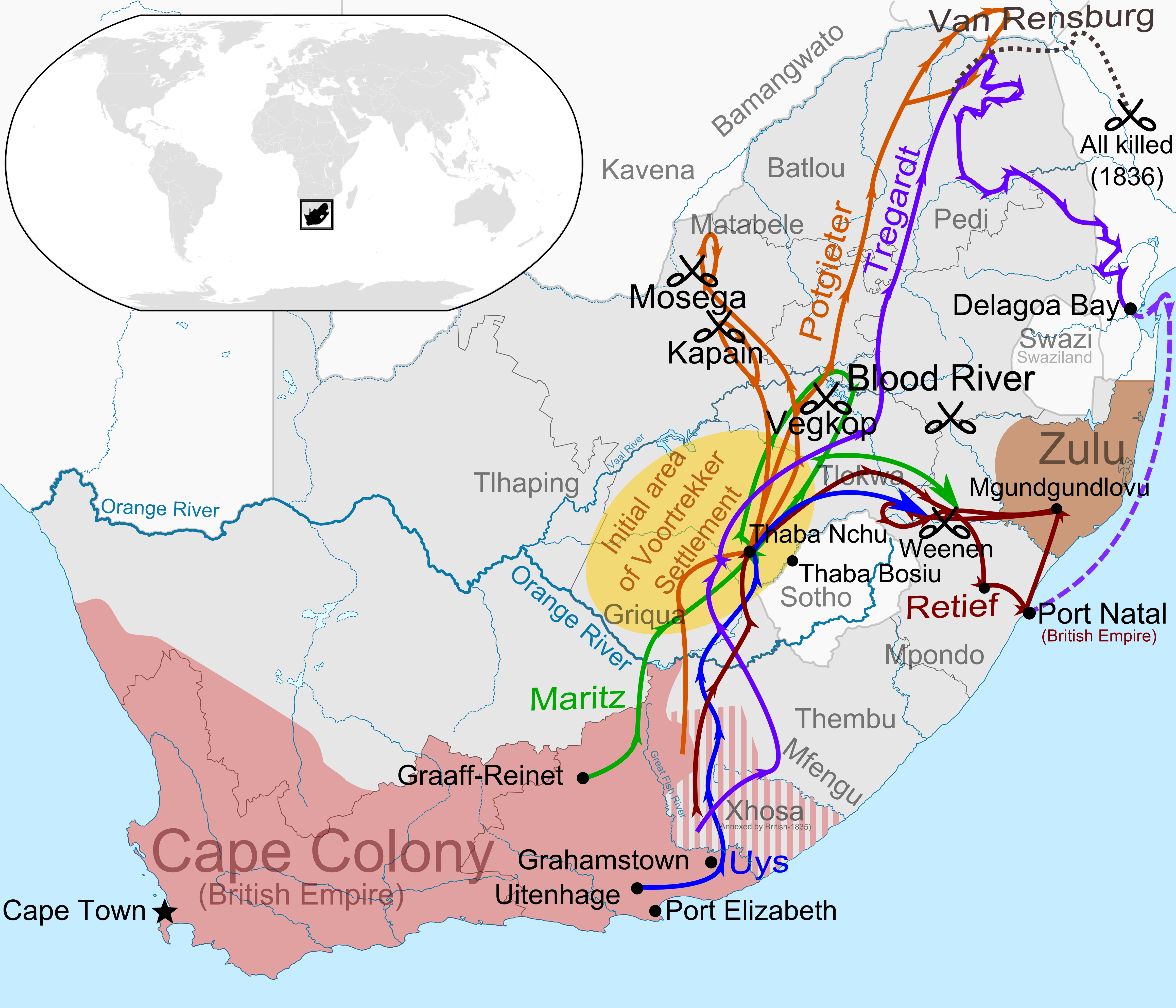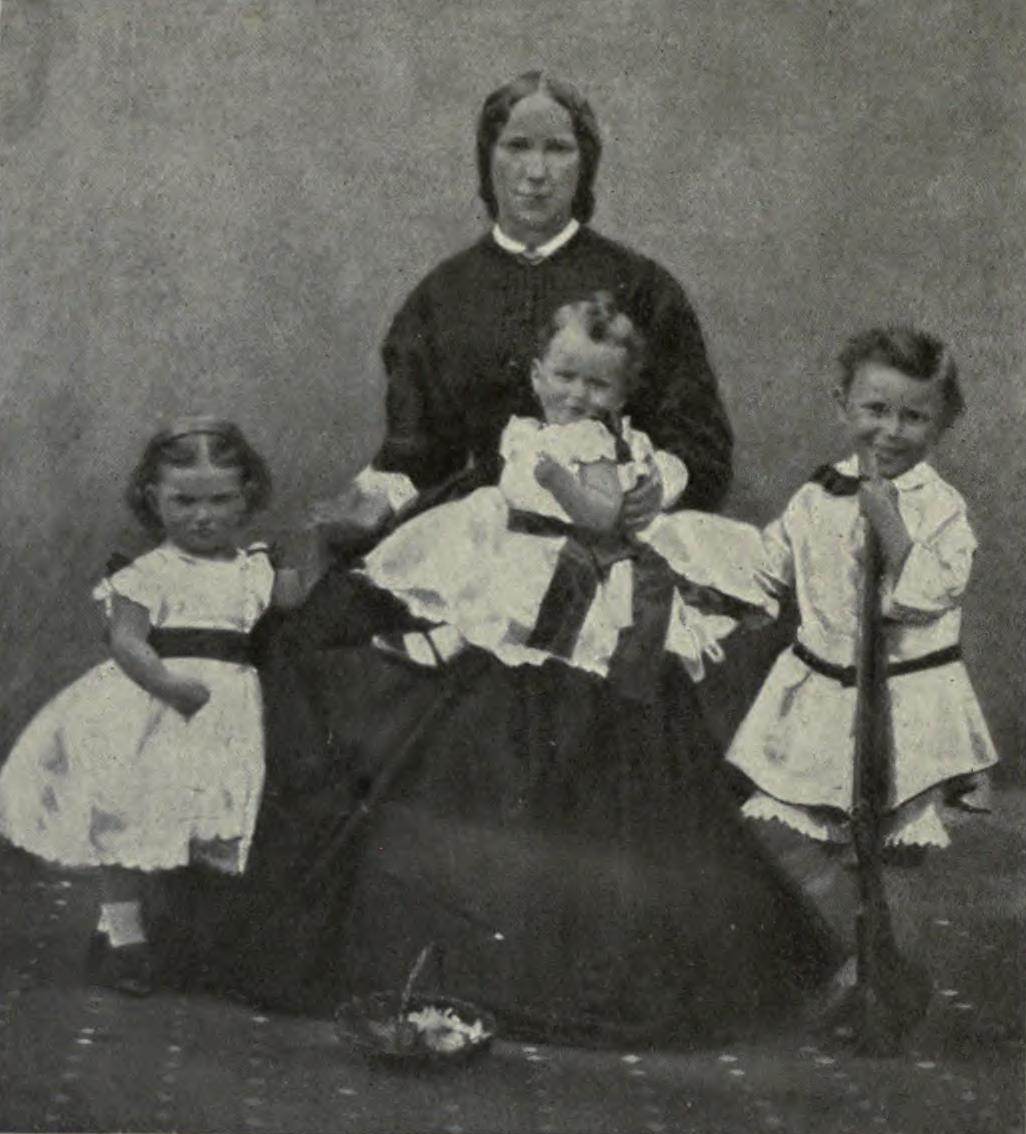|
Smuts House Museum
The Big House (Afrikaans: ), or Smuts House, is a historic house in Irene, Gauteng, which was inhabited by South African statesman Jan Smuts and his family. Today, it is part of the Smuts House Museum. History The land on which the house is now situated was previously owned by Michiel Christiaan, son of Voortrekker Daniel Elardus Erasmus, who subdivided his farm between his three sons. It was bought by Jan Smuts in 1908 for £900. Twelve squatter families were inhabiting the property in 1908 and remained for a few years. Smuts purchased a wood-and-iron building for £300 during a sale in Middelburg by the Imperial Government of military property, so that it would serve as a home for his family. The building is believed to have been prefabricated in Britain before being shipped to India and later to South Africa, where it served as an officer's mess at Lord Kitchener's headquarters in Middelburg. It was re-erected at the property in 1909, and Mrs Smuts moved her family into it ... [...More Info...] [...Related Items...] OR: [Wikipedia] [Google] [Baidu] |
Jan Smuts
Field Marshal Jan Christian Smuts, (24 May 1870 11 September 1950) was a South African statesman, military leader and philosopher. In addition to holding various military and cabinet posts, he served as prime minister of the Union of South Africa from 1919 to 1924 and 1939 to 1948. Smuts was born to Afrikaner parents in the British Cape Colony. He was educated at Victoria College, Stellenbosch before reading law at Christ's College, Cambridge on a scholarship. He was called to the bar at the Middle Temple in 1894 but returned home the following year. In the leadup to the Second Boer War, Smuts practised law in Pretoria, the capital of the South African Republic. He led the republic's delegation to the Bloemfontein Conference and served as an officer in a commando unit following the outbreak of war in 1899. In 1902, he played a key role in negotiating the Treaty of Vereeniging, which ended the war and resulted in the annexation of the South African Republic and Orange Free St ... [...More Info...] [...Related Items...] OR: [Wikipedia] [Google] [Baidu] |
Irene, Gauteng
Irene (/aɪˈriːniː/ eye-ree-nee) is a small village on the eastern outskirts of Centurion, Gauteng, South Africa. Prehistoric inhabitants Though they left no historical writings of their own, records from other sources in the early 19th century refer to the Bakwena tribe, also known as the Crocodile people, who lived in the area. When Mzilikazi (whose people became known as the Matabele) came to the area in 1825, they killed many of the Crocodile people and drove the rest away. European settlement In the 1830s, a Boer Voortrekker named Daniel Elardus Erasmus left the Cape Colony and settled in the area near present-day Irene. Seeking economic and political independence in the hinterland, Erasmus built a farm that became known as Doornkloof. Doornkloof became known as the "kerkplaas" of the district. When Daniel died in 1875 he left the farm to his three sons. In 1889 a controlling interest (2/3) of Doornkloof was purchased by Alois Hugo Nellmapius, a businessman. Nel ... [...More Info...] [...Related Items...] OR: [Wikipedia] [Google] [Baidu] |
Gauteng
Gauteng ( ) is one of the nine provinces of South Africa. The name in Sotho-Tswana languages means 'place of gold'. Situated on the Highveld, Gauteng is the smallest province by land area in South Africa. Although Gauteng accounts for only 1.5% of the country's land area, it is home to more than a quarter of its population (26%). Highly urbanised, the province contains the country's largest city, Johannesburg, which is also one of the largest cities in the world. Gauteng is the wealthiest province in South Africa and is considered as the financial hub of not only South Africa but the entire African continent, mostly concentrated in Johannesburg. It also contains the administrative capital, Pretoria, and other large areas such as Midrand, Vanderbijlpark, Ekurhuleni and the affluent Sandton. Gauteng is the most populous province in South Africa with a population of approximately 16.1 million people according to mid year 2022 estimates. Etymology The name ''Gauteng'' is derived ... [...More Info...] [...Related Items...] OR: [Wikipedia] [Google] [Baidu] |
Afrikaans
Afrikaans (, ) is a West Germanic language that evolved in the Dutch Cape Colony from the Dutch vernacular of Holland proper (i.e., the Hollandic dialect) used by Dutch, French, and German settlers and their enslaved people. Afrikaans gradually began to develop distinguishing characteristics during the course of the 18th century. Now spoken in South Africa, Namibia and (to a lesser extent) Botswana, Zambia, and Zimbabwe, estimates circa 2010 of the total number of Afrikaans speakers range between 15 and 23 million. Most linguists consider Afrikaans to be a partly creole language. An estimated 90 to 95% of the vocabulary is of Dutch origin with adopted words from other languages including German and the Khoisan languages of Southern Africa. Differences with Dutch include a more analytic-type morphology and grammar, and some pronunciations. There is a large degree of mutual intelligibility between the two languages, especially in written form. About 13.5% of the South ... [...More Info...] [...Related Items...] OR: [Wikipedia] [Google] [Baidu] |
Cassell (publisher)
Cassell & Co is a British book publishing house, founded in 1848 by John Cassell (1817–1865), which became in the 1890s an international publishing group company. In 1995, Cassell & Co acquired Pinter Publishers. In December 1998, Cassell & Co was bought by the Orion Publishing Group. In January 2002, Cassell imprints, including the Cassell Reference and Cassell Military were joined with the Weidenfeld imprints to form a new division under the name of Weidenfeld & Nicolson Ltd. Cassell Illustrated survives as an imprint of the Octopus Publishing Group. History John Cassell (1817–1865), who was in turn a carpenter, temperance preacher, tea and coffee merchant, finally turned to publishing. His first publication was on 1 July 1848, a weekly newspaper called ''The Standard of Freedom'' advocating religious, political, and commercial freedom. '' The Working Man's Friend'' became another popular publication. In 1849 Cassell was dividing his time between his publishing and his gr ... [...More Info...] [...Related Items...] OR: [Wikipedia] [Google] [Baidu] |
South Africa
South Africa, officially the Republic of South Africa (RSA), is the southernmost country in Africa. It is bounded to the south by of coastline that stretch along the South Atlantic and Indian Oceans; to the north by the neighbouring countries of Namibia, Botswana, and Zimbabwe; and to the east and northeast by Mozambique and Eswatini. It also completely enclaves the country Lesotho. It is the southernmost country on the mainland of the Old World, and the second-most populous country located entirely south of the equator, after Tanzania. South Africa is a biodiversity hotspot, with unique biomes, plant and animal life. With over 60 million people, the country is the world's 24th-most populous nation and covers an area of . South Africa has three capital cities, with the executive, judicial and legislative branches of government based in Pretoria, Bloemfontein, and Cape Town respectively. The largest city is Johannesburg. About 80% of the population are Black South Afri ... [...More Info...] [...Related Items...] OR: [Wikipedia] [Google] [Baidu] |
Voortrekker
The Great Trek ( af, Die Groot Trek; nl, De Grote Trek) was a Northward migration of Dutch-speaking settlers who travelled by wagon trains from the Cape Colony into the interior of modern South Africa from 1836 onwards, seeking to live beyond the Cape's British colonial administration. The Great Trek resulted from the culmination of tensions between rural descendants of the Cape's original European settlers, known collectively as ''Boers'', and the British Empire. It was also reflective of an increasingly common trend among individual Boer communities to pursue an isolationist and semi-nomadic lifestyle away from the developing administrative complexities in Cape Town. Boers who took part in the Great Trek identified themselves as ''voortrekkers'', meaning "pioneers", "pathfinders" (literally "fore-trekkers") in Dutch and Afrikaans. The Great Trek led directly to the founding of several autonomous Boer republics, namely the South African Republic (also known simply as the '' ... [...More Info...] [...Related Items...] OR: [Wikipedia] [Google] [Baidu] |
Middelburg, Mpumalanga
Middelburg is a large farming and industrial town in the South African province of Mpumalanga. History It was initially established as a halfway station between Lydenburg and Pretoria by the Republic of Lydenburg in 1860. That republic would merge with the South African Republic (ZAR) soon afterwards. The proposed town was established on two farms, ''Klipfontein'' and ''Keerom'' but when the Dutch Reformed Church established a church next door on the farm ''Sterkfontein'', the town would be moved there. It was established as Nasareth, in 1864 by the Voortrekkers on the banks of the Klein Olifants River. It was changed in 1872 to Middelburg to mark its location between the Transvaal capital Pretoria, and the gold mining town of Lydenburg. The Dutch Reformed church was built in 1890. The British built a large concentration camp in Middelburg during the Second Boer War. The Memorial Museum was built at the site next to the 1,381 graves of women and children who died in the concentrat ... [...More Info...] [...Related Items...] OR: [Wikipedia] [Google] [Baidu] |
Herbert Kitchener, 1st Earl Kitchener
Horatio Herbert Kitchener, 1st Earl Kitchener, (; 24 June 1850 – 5 June 1916) was a senior British Army officer and colonial administrator. Kitchener came to prominence for his imperial campaigns, his scorched earth policy against the Boers, his expansion of Lord Roberts' concentration camps during the Second Boer War and his central role in the early part of the First World War. Kitchener was credited in 1898 for having won the Battle of Omdurman and securing control of the Sudan for which he was made Baron Kitchener of Khartoum. As Chief of Staff (1900–1902) in the Second Boer War he played a key role in Roberts' conquest of the Boer Republics, then succeeded Roberts as commander-in-chief – by which time Boer forces had taken to guerrilla fighting and British forces imprisoned Boer civilians in concentration camps. His term as Commander-in-Chief (1902–1909) of the Army in India saw him quarrel with another eminent proconsul, the Viceroy Lord Curzon, who eventu ... [...More Info...] [...Related Items...] OR: [Wikipedia] [Google] [Baidu] |
Government Gazette Of South Africa
The ''Government Gazette'' ( af, Staatskoerant) is the gazette of record of South Africa. It is the "official organ of Government". The ''Government Gazette'' is used by the government as an official way of communicating to the general public. Published material The ''Gazette'' includes proclamations by the President as well as both general and government notices made by its various departments. It publishes regulations and notices in terms of acts, changes of names, company registrations and deregistrations, financial statements, land restitution notices, liquor licence applications and transport permits. Board and legal notices are also published in the ''Gazette''; these cover insolvencies, liquidation and estate notices. Note that certain publishers such as Juta and Butterworths publish legislation in South Africa. Location The current location of the government printing works is 149 Bosman Street, Pretoria, South Africa South Africa, officially the Republic of Sou ... [...More Info...] [...Related Items...] OR: [Wikipedia] [Google] [Baidu] |
Houses In South Africa
A house is a single-unit residential building. It may range in complexity from a rudimentary hut to a complex structure of wood, masonry, concrete or other material, outfitted with plumbing, electrical, and heating, ventilation, and air conditioning systems.Schoenauer, Norbert (2000). ''6,000 Years of Housing'' (rev. ed.) (New York: W.W. Norton & Company). Houses use a range of different roofing systems to keep precipitation such as rain from getting into the dwelling space. Houses may have doors or locks to secure the dwelling space and protect its inhabitants and contents from burglars or other trespassers. Most conventional modern houses in Western cultures will contain one or more bedrooms and bathrooms, a kitchen or cooking area, and a living room. A house may have a separate dining room, or the eating area may be integrated into another room. Some large houses in North America have a recreation room. In traditional agriculture-oriented societies, domestic animals such as c ... [...More Info...] [...Related Items...] OR: [Wikipedia] [Google] [Baidu] |
Houses Completed In 1909
A house is a single-unit residential building. It may range in complexity from a rudimentary hut to a complex structure of wood, masonry, concrete or other material, outfitted with plumbing, electrical, and heating, ventilation, and air conditioning systems.Schoenauer, Norbert (2000). ''6,000 Years of Housing'' (rev. ed.) (New York: W.W. Norton & Company). Houses use a range of different roofing systems to keep precipitation such as rain from getting into the dwelling space. Houses may have doors or locks to secure the dwelling space and protect its inhabitants and contents from burglars or other trespassers. Most conventional modern houses in Western cultures will contain one or more bedrooms and bathrooms, a kitchen or cooking area, and a living room. A house may have a separate dining room, or the eating area may be integrated into another room. Some large houses in North America have a recreation room. In traditional agriculture-oriented societies, domestic animals such as c ... [...More Info...] [...Related Items...] OR: [Wikipedia] [Google] [Baidu] |







